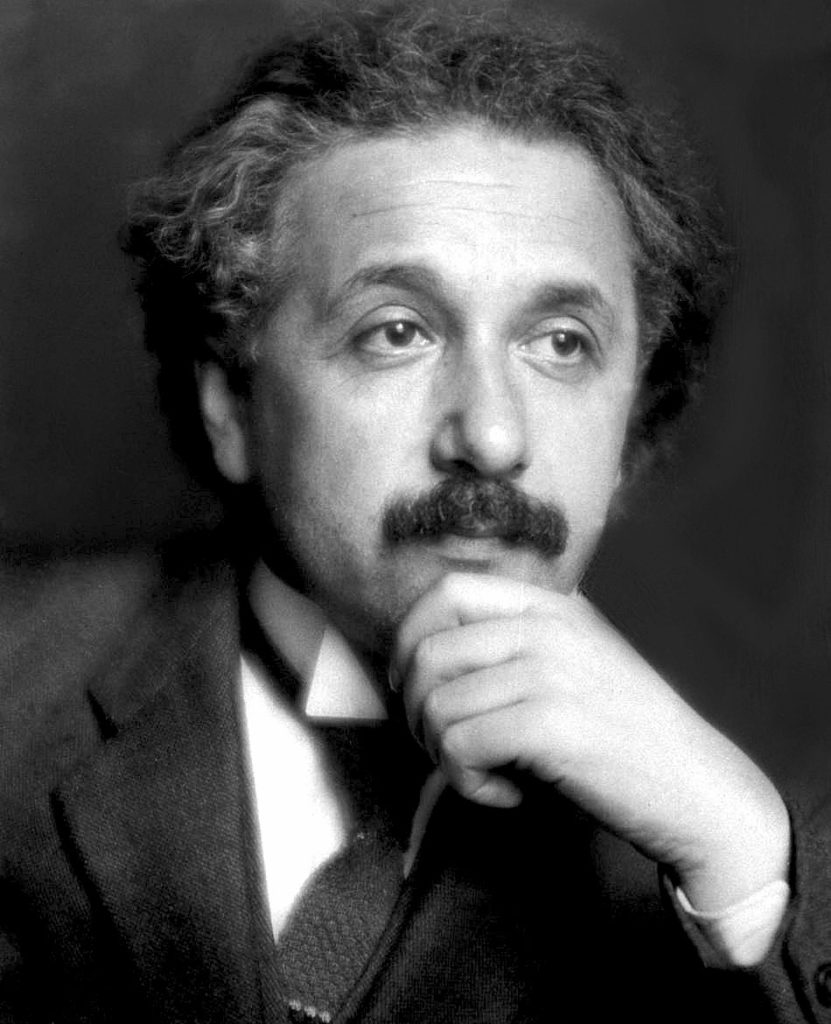Can we get certain about uncertainty in time?

There is a decent chance that quantum mechanics applies in time in the same way it does in the three space dimensions. I say decent because Einstein’s relativity says we have to treat time like a space dimension. So if quantum mechanics applies in space — and it does! — then it has to apply in time as well.
And since in quantum mechanics all measurements are uncertain about position of an object in space, they therefore have to be uncertain about its position in time as well. Hey, blame Einstein, not me!
The effects are expected of order attoseconds. Now one attosecond is to a second as a second is to the age of the universe: not very long. But with current tech we can actually see times this short.
So we can now tell if the position of a particle is uncertain in time. It’s “now” might be really a bit fuzzy: with a bit of “future” and a bit of “past” mixed in.
I’ve just had published a paper on the specifics of how we might measure the effects of this “Does the Heisenberg uncertainty principle apply along the time dimension?“. This is in the Conference Proceedings of the International Association for Relativistic Dynamics, which is focused on following up on some ideas first suggested by Feynman & by Stückelberg.
I’m working on getting some experimentalists interested in this & have started the next paper in the series “Time Dispersion in Quantum Electrodynamics” to help them crank out estimates effects for various experimental configurations. Much stoked!
It may be more than a few attoseconds before the first results are in, but at this point it should be just a matter of time! And it might be very practical, with real-world applications in biophysics, attosecond-scale chemistry, and quantum computing.
For the record, the abstract of the paper is:
Does the Heisenberg uncertainty principle (HUP) apply along the time dimension in the same way it applies along the three space dimensions? Relativity says it should; current practice says no. With recent advances in measurement at the attosecond scale it is now possible to decide this question experimentally.
The most direct test is to measure the time-of-arrival of a quantum particle: if the HUP applies in time, then the dispersion in the time-of-arrival will be measurably increased.
We develop an appropriate metric of time-of-arrival in the standard case; extend this to include the case where there is uncertainty in time; then compare. There is – as expected – increased uncertainty in the time-of-arrival if the HUP applies along the time axis. The results are fully constrained by Lorentz covariance, therefore uniquely defined, therefore falsifiable.
So we have an experimental question on our hands. Any definite resolution would have significant implications with respect to the role of time in quantum mechanics and relativity. A positive result would also have significant practical applications in the areas of quantum communication, attosecond physics (e.g. protein folding), and quantum computing.